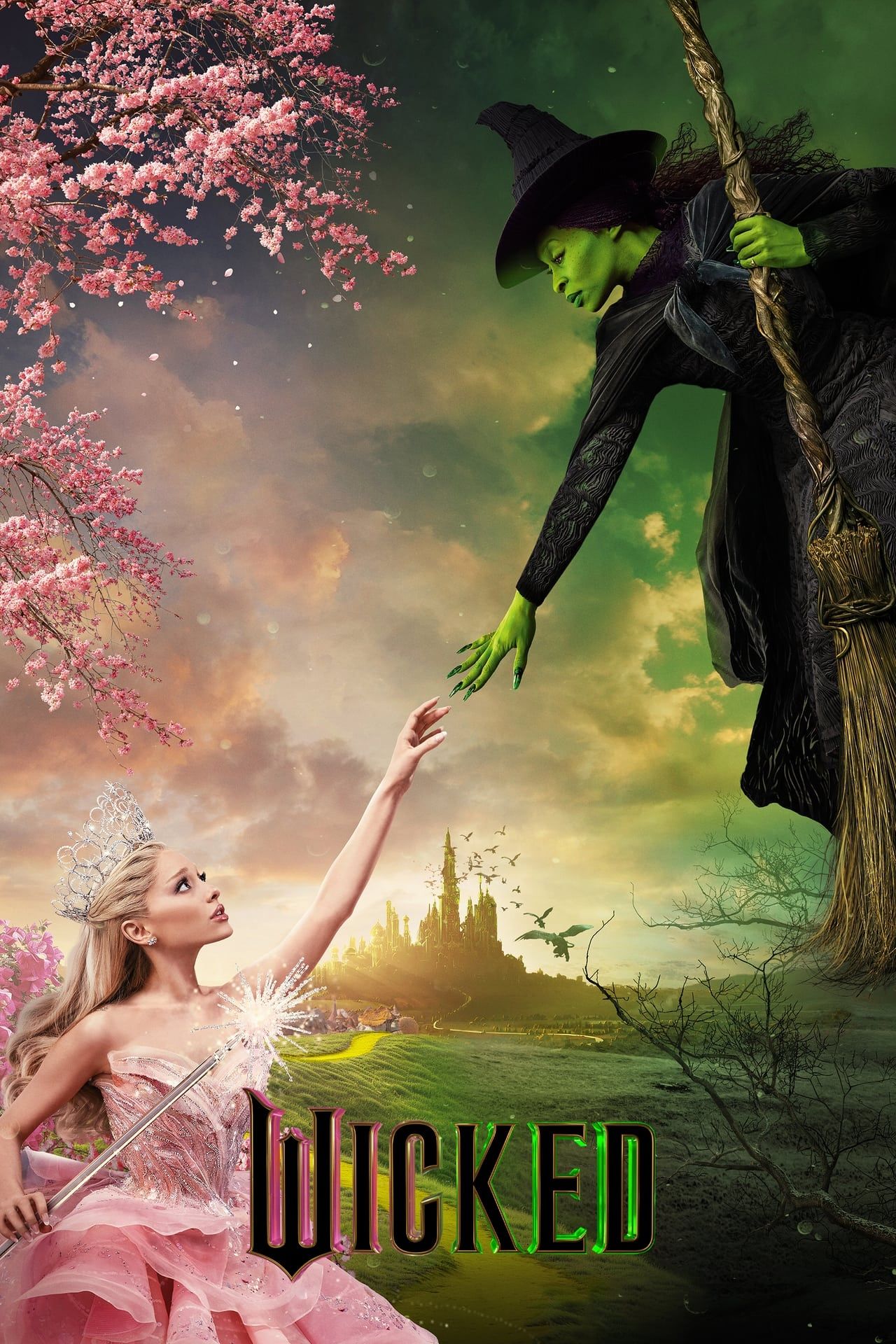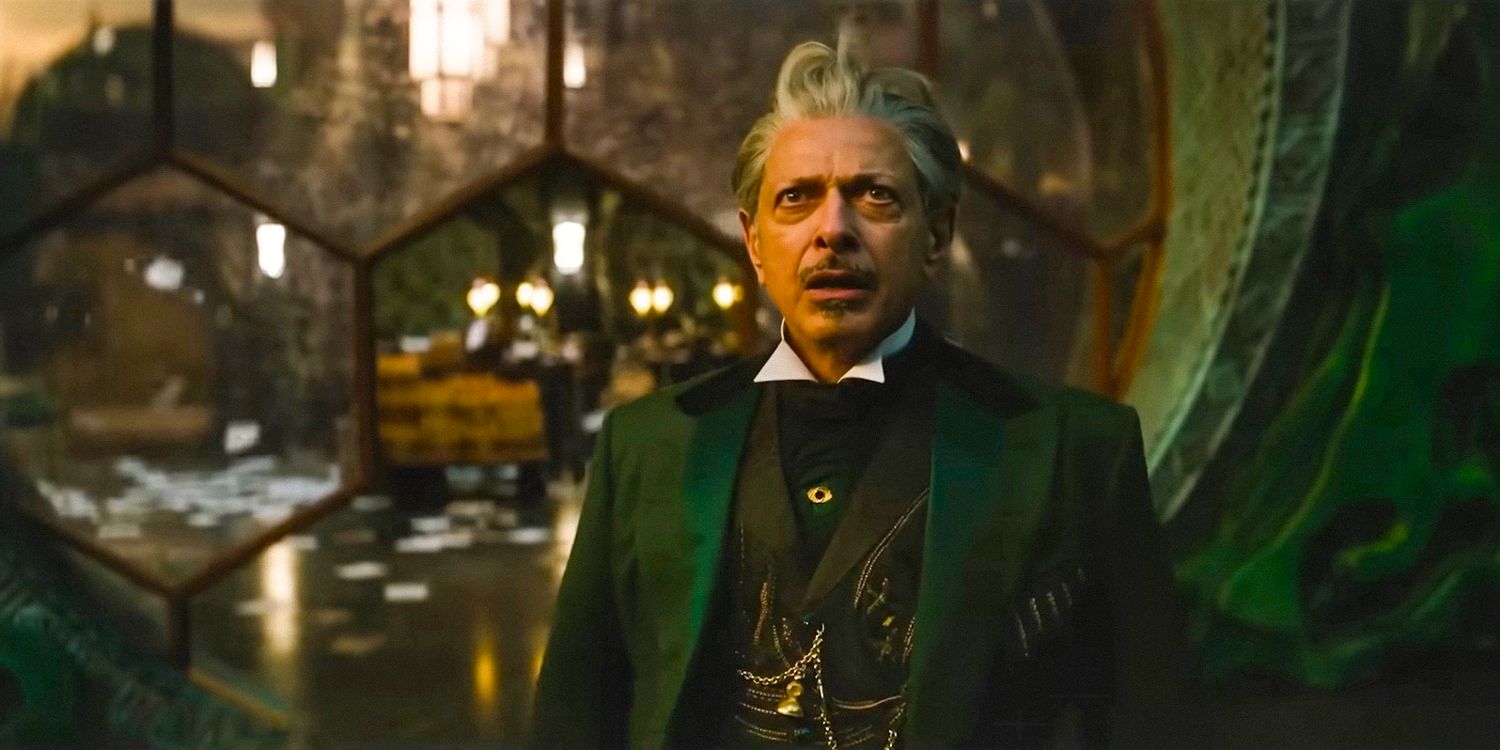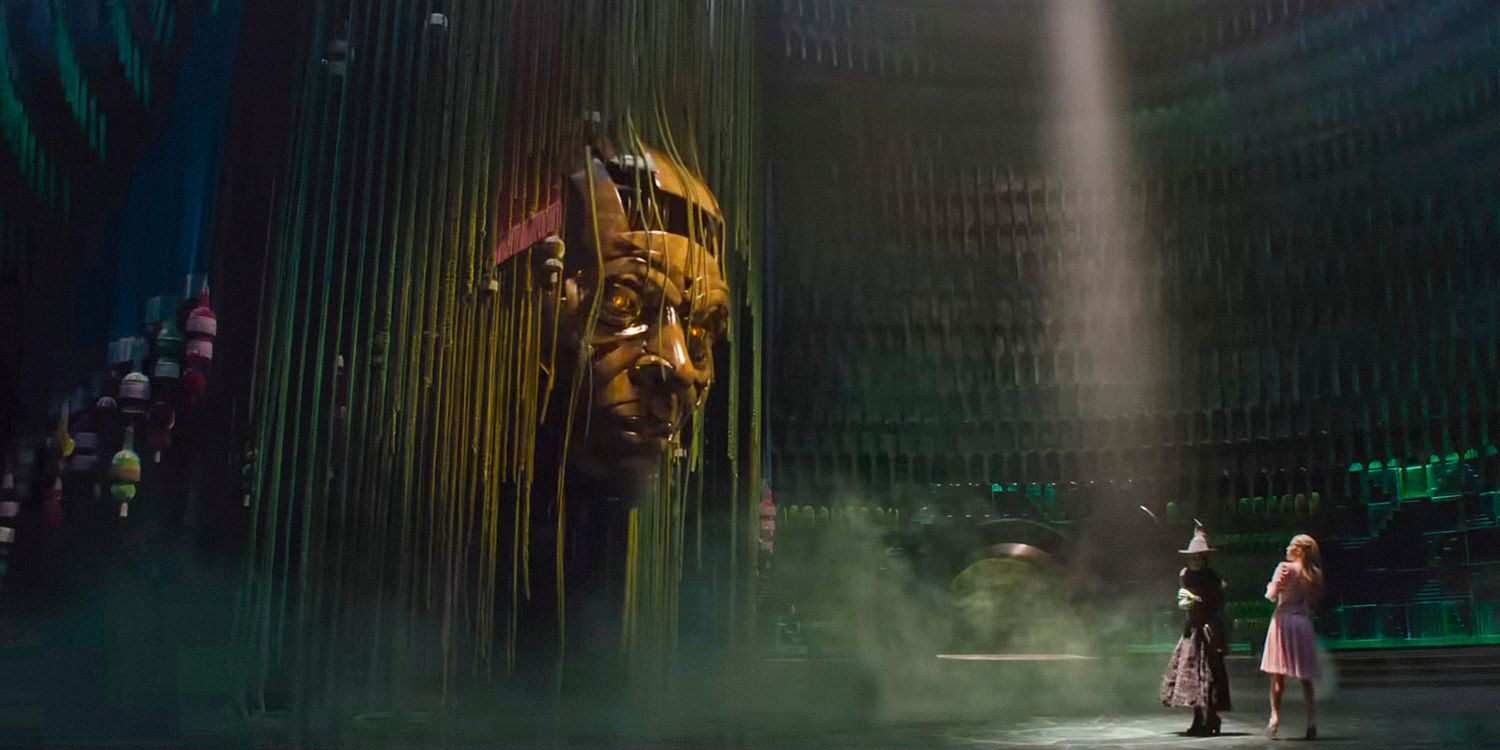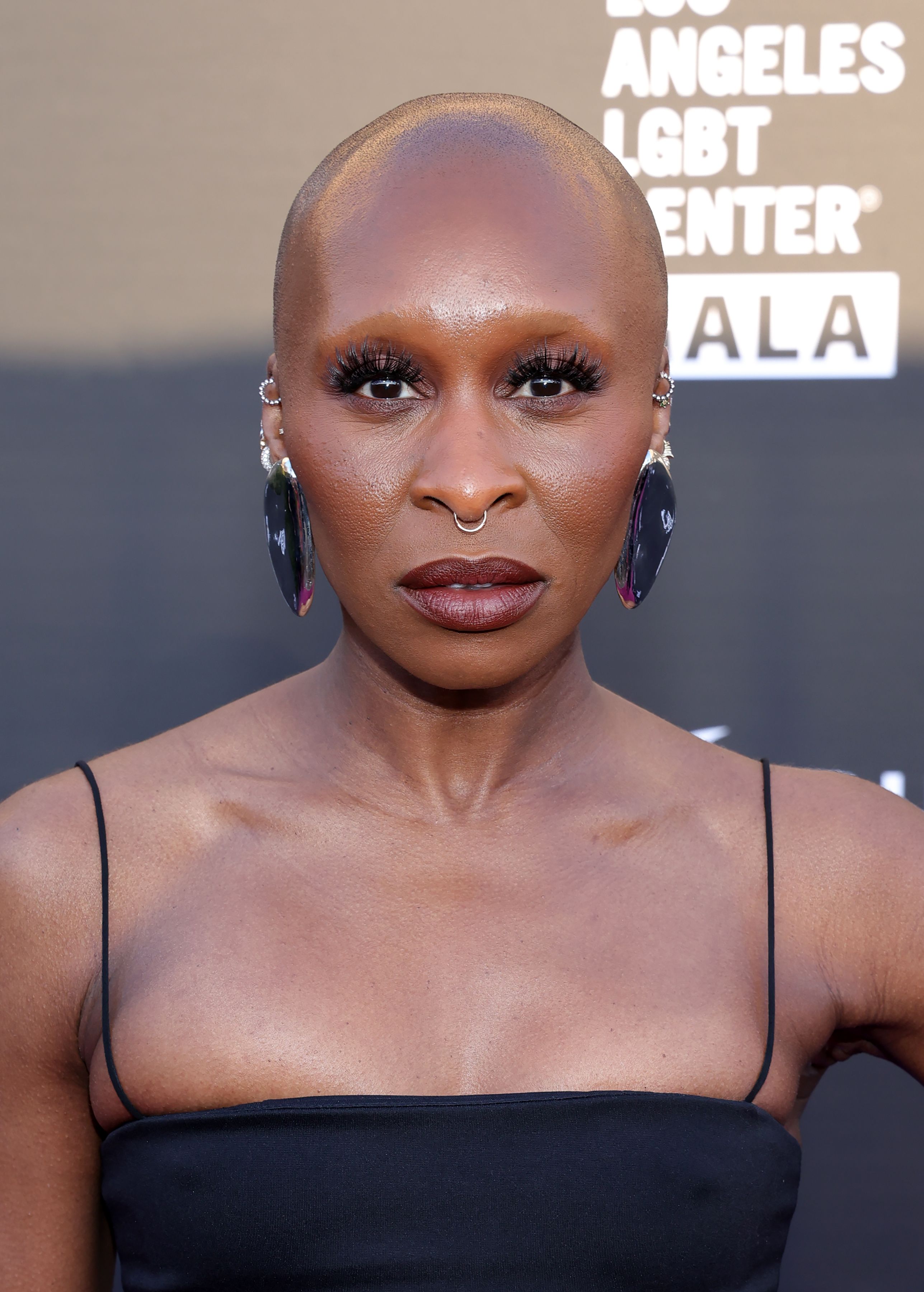Wicked
Warning: this article contains spoilers for Wicked
One of the biggest movies of 2024 wasWicked, a story set in the world ofThe Wizard of Oz, based on the Broadway musical of the same name.
The film tells the story of the Wicked Witch of the West and Glinda the Good before they earned their titles, and, judging byWicked’s reviewsand box office success, the adaptation has succeeded in nearly every aspect.
As Hollywood has been ramping up to the 2025 Oscars, more details are coming out about the film’s production, including some aspects of the set design.

WhileWicked’s charactersare undoubtedly its greatest strength, another aspect of the film that has earned a lot of praise was its set design.
The film obviously contains a lot of CGI, but the sets themselves are mostly practical, making the familiar world ofThe Wizard of Ozfeel much more grounded and lived in.
NearWicked’s ending, however,there is one effect in particular that seemed like it was completely computer-generated, but was actually fully practical, showing just how much work went into the film’s production.

Image via Universal Pictures
The Wizard’s Giant Head In Oz Was Completely Practical In Wicked Instead Of CGI
The Head Was Fully Functional In Real Life
One very surprising practical effect that makesWickedeven more impressive of a film is the giant wizard head thatCynthia Erivo’s Elphaba and Ariana Grande’s Glindafind when they first arrive in the Emerald City.
The head has 65 moving panels that created its expressions, with 13 different inputs that determined what expressions the face was making.
The animatronic weighed two tons and stood over 15 feet tall, absolutelystanding out as one of the best large-scale practical effects that a movie has done in recent years.

Wicked adapts the Broadway musical into a two-part film, following the unlikely friendship between Elphaba, born with green skin, and Glinda, a popular aristocrat, in the Land of Oz. As they navigate their contrasting paths, they evolve into Glinda the Good and the Wicked Witch of the West.
It had to have people pulling aside the curtain to allow it through, a hydraulics team moving the face into position, and a puppeteer to actually maneuver the expressions on the effect.
The head also obviously sat about eight feet off the ground, which required the construction of a huge arm that would be able to lift it, and push it out from behind the curtain when it first appeared to the characters.
In a video by Architectural Digest,Wicked’s production designer Nathan Crowley explained thatthere were multiple teams dedicated to ensuring the head worked, as it had to have people pulling aside the curtain to allow it through, a hydraulics team moving the face into position, and a puppeteer to actually maneuver the expressions on the effect.

The Wizard’s Practical Giant Head Better Connects To His Backstory
The Head Is Something The Wizard Could Create
On top of just being a great effect, the giant head also serves to make the Wizard’s story more believable and engaging.Jeff Goldblum’s Wizard inWickedis meant to be an inventor from our world who doesn’t possess actual magic, just a knack for technology, so the fact that the head was physically created and functional makes the Wizard’s creations feel realistic, like something he could actually accomplish.
The Wizard is an interesting character either way, but ensuring that his clockwork creations are actual effects as opposed to just CGI makes theWickedcharacter that much stronger.
Your Rating
Your comment has not been saved
Cast
Wicked adapts the Broadway musical into a two-part film, following the unlikely friendship between Elphaba, born with green skin, and Glinda, a popular aristocrat, in the Land of Oz.

As they navigate their contrasting paths, they evolve into Glinda the Good and the Wicked Witch of the West.

